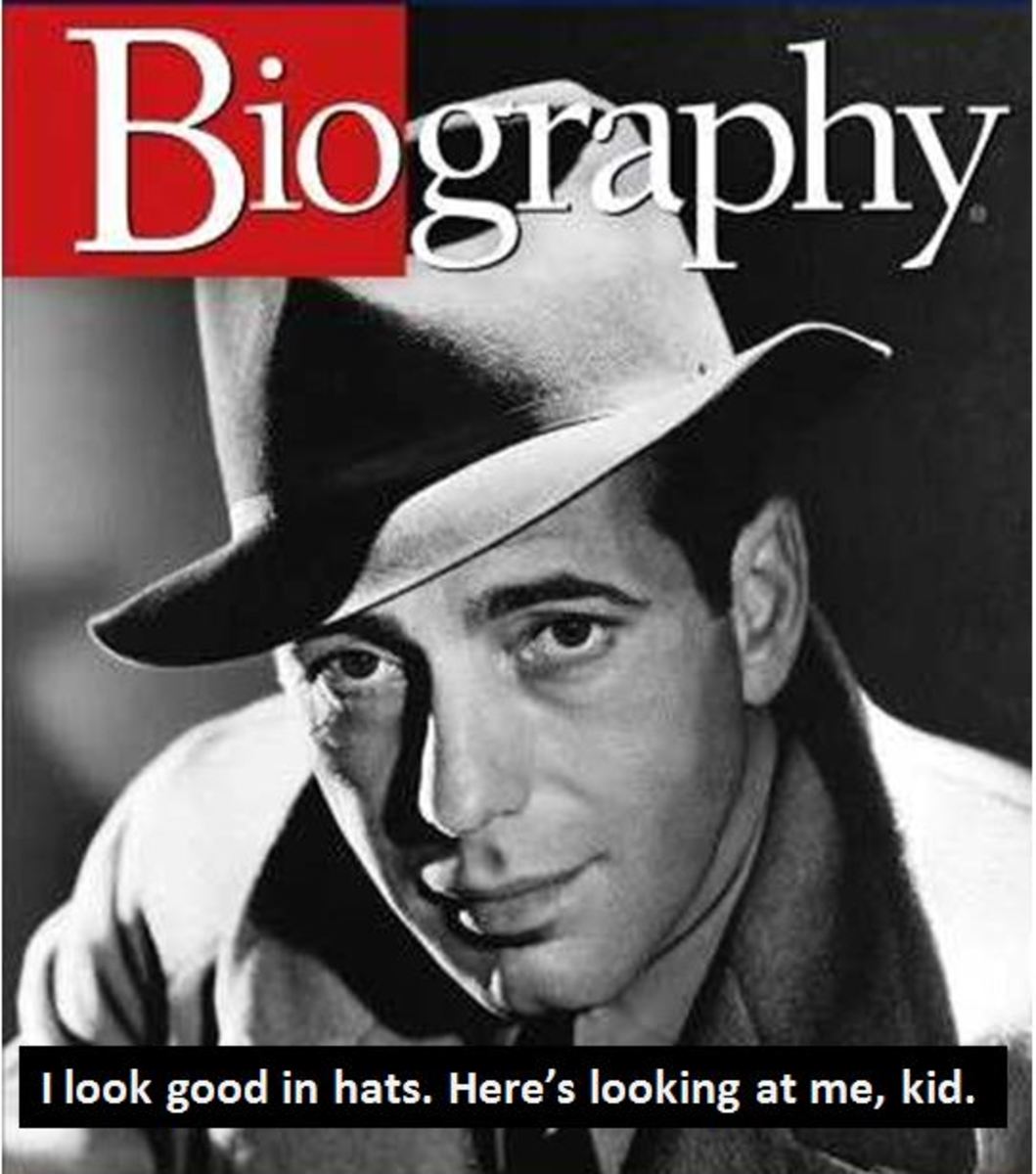How to use First Person, Second Person or Third Person in Novel Writing
#16 of 30 in 30 Days!

How to tell when something is First, Second or Third Person fiction!
First person shows a scene from within one character’s point of view as if the character’s telling the story about something he or she experienced. Second person is a “game master voice” describing the scene as if it’s happening to the reader. Third person is a viewpoint outside the story simply telling what happened to who without defining a point of view.
In third person, you have the choice of Third Person Close, where you’re still following a character’s single viewpoint reading about their thoughts and feelings from within, or Third Person Omniscient. Omniscient is a godlike point of view that can look into any character’s thoughts or feelings. It’s much more difficult to do well.
Third Person Close is the most popular and effective way to write novels, with either a single point of view character or multiple characters in different scenes or chapters. Second most popular and even more easy is First Person. You can change First Person to Second Person or Third just by changing pronouns but in the process, it helps to tweak the prose and be careful about what your point of view character is aware of or not.
I can demonstrate first, second and third person with examples:
Sample in first person.
I got out of the car. The building loomed in front of me like a sagging old cardboard box full of rotted groceries. The smell was nearly that bad. I gagged and went inside, passing the drunk who'd passed out in his own vomit on the front stairs.
First person can work very well in a novel, it purports to be a character's journal or personal telling of the story. It's the second most popular tense for novels. It gives the advantage of sympathy for the point of view character because it's very intimate. You see things from that point of view and no other. You get that character's thoughts and no others unless that character's a telepath, then you get other thoughts as overheard thoughts that may not be complete enough to be accurate. A thought of 'I'm going to kill that kid' does not always translate to child murderer, it could just be a moment's annoyance.
Same scene in second person (which is why it's rarely if ever used).
You get out of the car. In front of you is a ratty old building that sags like an old cardboard box full of rotted groceries. It stinks. You gag and notice an old drunk has passed out in his own vomit on the front stairs.
Second person is actually useful in exactly one form of story telling. If you are the GameMaster or Dungeon Master for a role playing game, then you address the players describing everything in second person, per character. "Brian, you see the building as soon as you get out of the car, etc." Interestingly enough if you have role playing gamers in your story playing, then you may be using second person in dialogue from the game master. It's also used for Choose Your Own Adventure books where each action is a snippet of a sentence or two that gives you a multiple choice that leads to another one on a different page. But it doesn't work well in any other kind of novel.
Third person example:
Brian got out of the car. The building loomed in front of him like a sagging old cardboard box full of rotted groceries. The smell was nearly that bad. The young detective gagged and went inside, passing a drunk who'd passed out in his own vomit on the front stairs.
I created the Third Person example by changing the pronouns and then I tweaked "the drunk" into "a drunk" because it worked better, a hair more formal and distant than the first person telling. It is very easy to convert First Person into Intimate Third Person by changing pronouns.
Omniscient Third Person is God's point of view. The author shares everything that's going on. You get Brian's thoughts, you get the drunk's hazy awareness of Brian passing him on the stairs that might contain a clue, you might get the point of view of a stray cat looking to get inside the building and watching Brian open the door. That's popular too. James Michener's novels are like that. It creates distance and lets you change point of view to suit what's being described.
Brian got out of the car. The building loomed in front of him like a sagging old cardboard box full of rotted groceries. It smelled nearly that bad, especially to the cat that crouched under the stairway waiting to get inside. She got up to follow Brian and nip between his legs as he gagged at the odor, He went inside. She got inside without his noticing.
George wasn't quite unconscious, though he was in so much pain he didn't want to move. He'd vomited and fallen into his own vomit but the stroke left him completely paralyzed. He screamed silently, wishing the man who walked past could hear him shout Call 911! I've had a stroke and I'm paralyzed! Then Mrs. Scaggs' cat stepped on his head on her way in. It was just too much.
You can convey more information in Third Person Omniscient but run the risk of Head Hopping, which is changing point of view so fast that people get confused about who the story's about. It's tricky to do well. When using first person or third person close, it's easier to build suspense and avoid giving away clues to the reader. If the narrator doesn't know the clue, the reader doesn't either. This makes it, say, harder to tell who the killer is in a mystery.
It's very hard to describe a character within his or her own point of view. It's going to be awkward. How many times do people describe themselves in their journals or in their thoughts? They look in mirrors and that's about it. Depending on the character it could be plausible -- but even at that, they aren't paying attention to general descriptives. They're paying attention to whether their tie is straight or makeup is running. That only tells you he wears a tie or she wears makeup.
If you want to show that the character's a short blonde, then describe her from the point of view of someone else in a different scene. Or have characters make blonde jokes and short jokes, then let her get mad about them. There are ways around the description problem even in First Person or Third Person Close.
The most common voice for novels is Close Third Person, which is easiest to get by writing the rough draft in first person as if you were the character, then changing the pronouns in the editing stage. You can change whose point of view you're using to show the story per scene or per chapter. Changing within the scene like I did for Third Omniscient is more difficult to do well -- which is why this popular Close Third Person style is so popular. It's familiar to readers and helps give both sympathy and continuity while letting you use more than one character's point of view to show what's going on. Doing the villain's point of view can show a lot of thoughts and feelings.
Otherwise to show emotion in characters not the main character -- let them emote! Smile, groan, sigh, make faces, use body language, move closer, wrinkle their nose in apparent disgust... describe how people show feelings and they're definitely emotional enough.
If you are a beginner novelist, I would suggest rough draft in first person whether you stick to one narrating character who sees all the scenes or change characters between scenes and chapters. Switch to third in editing by changing the pronouns before trying anything more complicated. This is the most common point of view style for novels and it will always pass muster with a publisher, while first person may get too sticky in plotting, second person sound too stilted or third person omniscient get too confusing.
Deciding what "person" to do the novel in its final draft is a style decision. As such, it's entirely up to you. So explore these different modes but remember -- first person makes it easier to write close third and changing the pronouns is easy.






